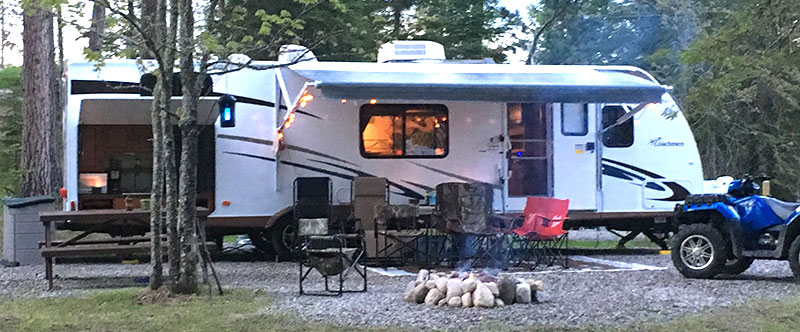
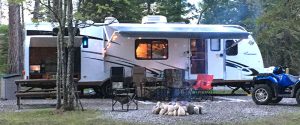 A lot of our plans over the short term have been postponed or even canceled. After all, we are doing almost everything from home including working. Because of this, many people are left having more free time than ever before. That makes it a great time to consider planning your next RV trip. Now can be a great time to lose yourself in daydreams. If you’ve been dreaming about going on an RV vacation for a long time, you should be using this opportunity to plan it. You’ve likely been watching far too much news if you’ve been obeying the distancing guidelines set forth by the Government. Give yourself a break and plan out your next RV trip.
A lot of our plans over the short term have been postponed or even canceled. After all, we are doing almost everything from home including working. Because of this, many people are left having more free time than ever before. That makes it a great time to consider planning your next RV trip. Now can be a great time to lose yourself in daydreams. If you’ve been dreaming about going on an RV vacation for a long time, you should be using this opportunity to plan it. You’ve likely been watching far too much news if you’ve been obeying the distancing guidelines set forth by the Government. Give yourself a break and plan out your next RV trip.
By focusing on what’s to come and all of the exciting things you have planned in the future, you should be able to treat yourself to a well-deserved break.
If you are aiming to find a different kind of vacation and one that you haven’t experienced before, an RV trip may be on your shortlist. While a lot of people are worrying about the hassle of returning rented vehicles or even swapping out flights, you will be able to travel in an RV without the common problems that would normally crop up during a traditional vacation.
The best road trips you can take will be properly planned for and organized in a way that allows for optimal flexibility.
Therefore, if you’ve thought about heading out on an RV trip, now is a great time to begin the planning process. You will be able to map out the different places you want to go and see along the way.
There are several guidelines you should be following when you are planning out a trip. You want to ensure that you are planning a trip in a way that doesn’t have you driving more than 300 miles in a single given day. After all, driving in an RV can be much slower than a car. Therefore, you want to give yourself plenty of time to make the trip.
From there, you will want to figure out where you will be staying that specific night by at least 3 p.m. That way, you will be able to get everything properly set up and ready to go by the time it gets dark outside. The more experienced travelers who are used to traveling by RV will tell you that you shouldn’t be looking to pack too much in too little time. You want to maintain a high level of flexibility throughout your entire trip. That way, you will be able to make changes along the way to ensure you can get the most out of the trip.
You Do Not Have To Go Too Far
Keep in mind, you don’t necessarily have to plan out a long trip to enjoy your time. You will be able to find all kinds of different places whether you are looking to visit a place located within your state or somewhere else. Keep in mind, driving an RV is much slower than driving a regular car. Because of this, you won’t want to pack too many miles into the trip which might make you much happier with shorter distances.
It’s Time To Do Some Research
Now that you are familiar with the process involved with traveling via an RV, you will want to begin the planning process. Here are some of the best resources you can use on your way towards planning the ultimate RV trip. No matter if it’s a short trip or a long one, now is a great time to consider planning out your RV trip so you are ready to go when the time comes.

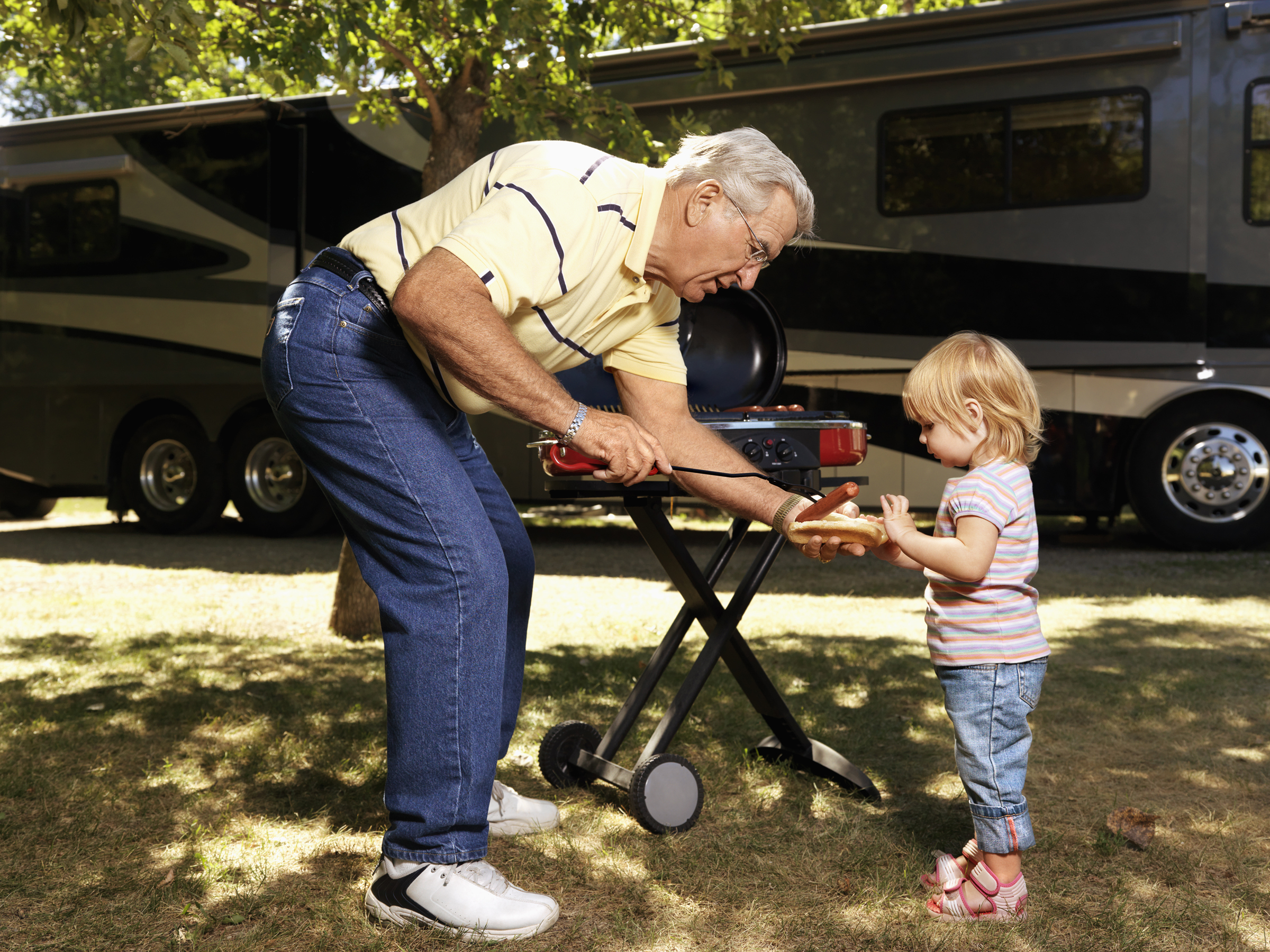
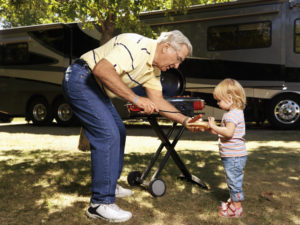

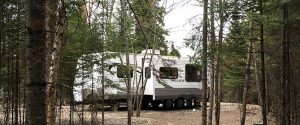
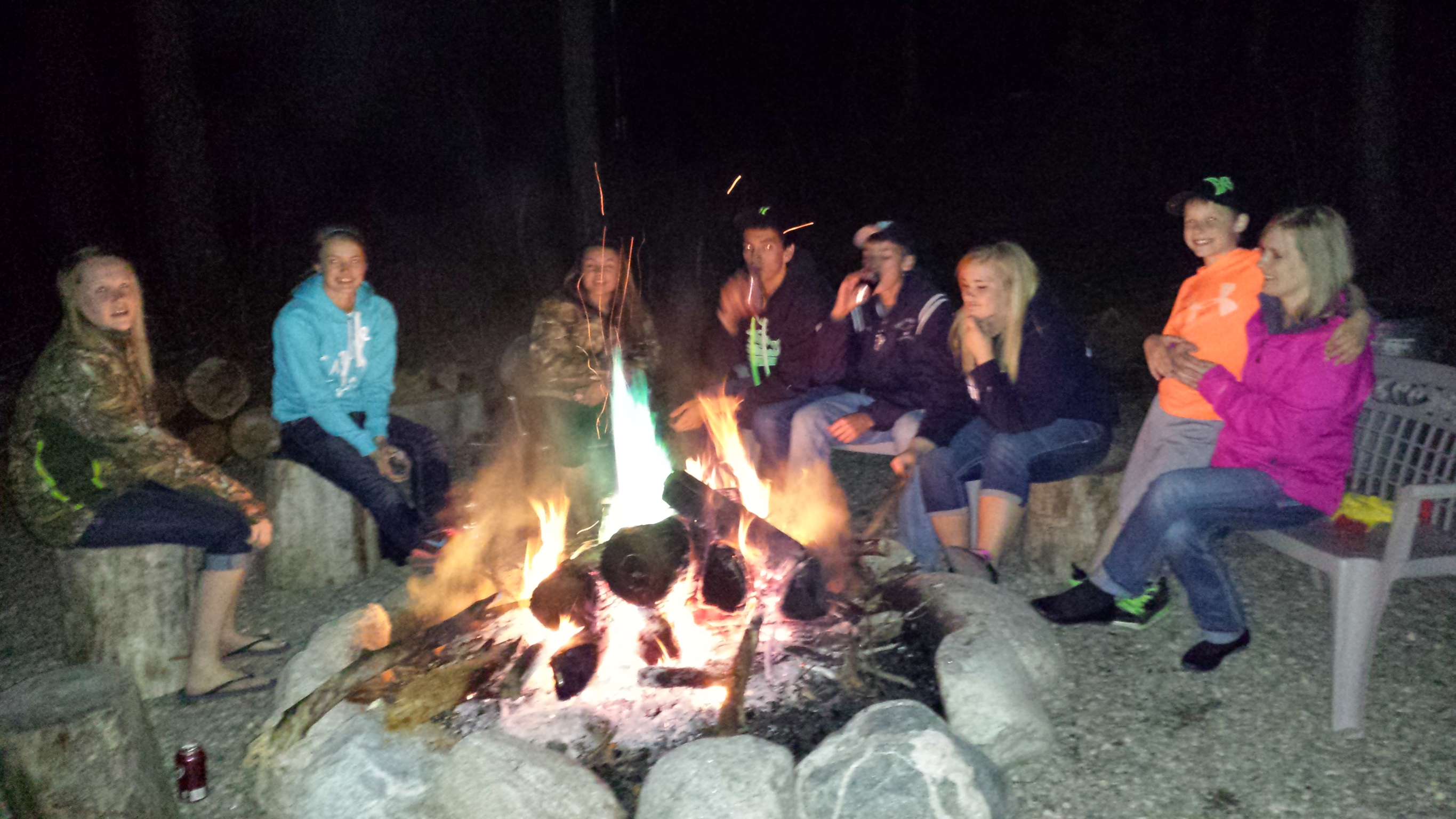
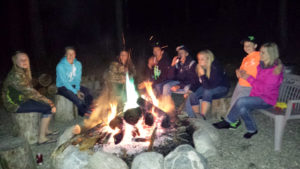
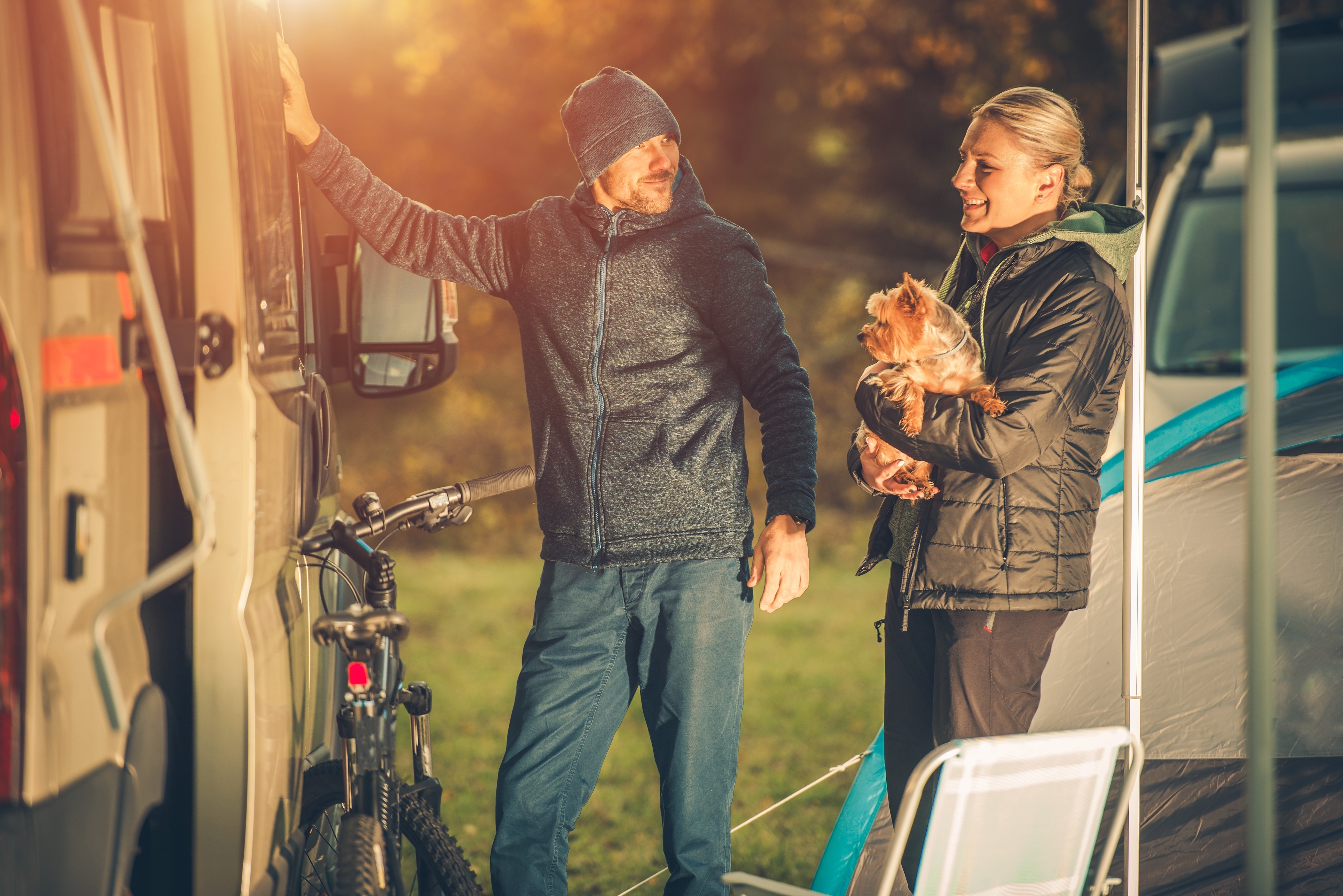

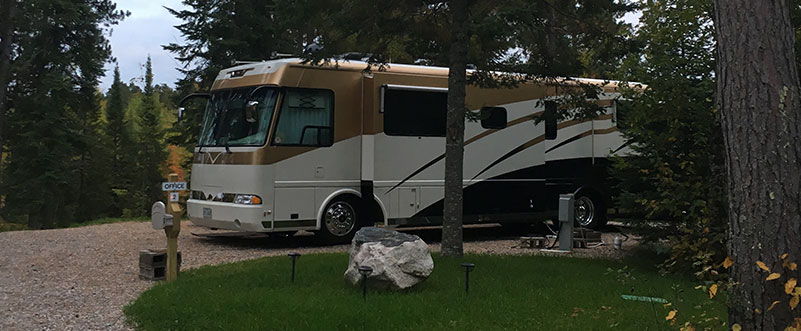
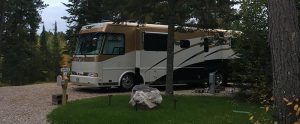
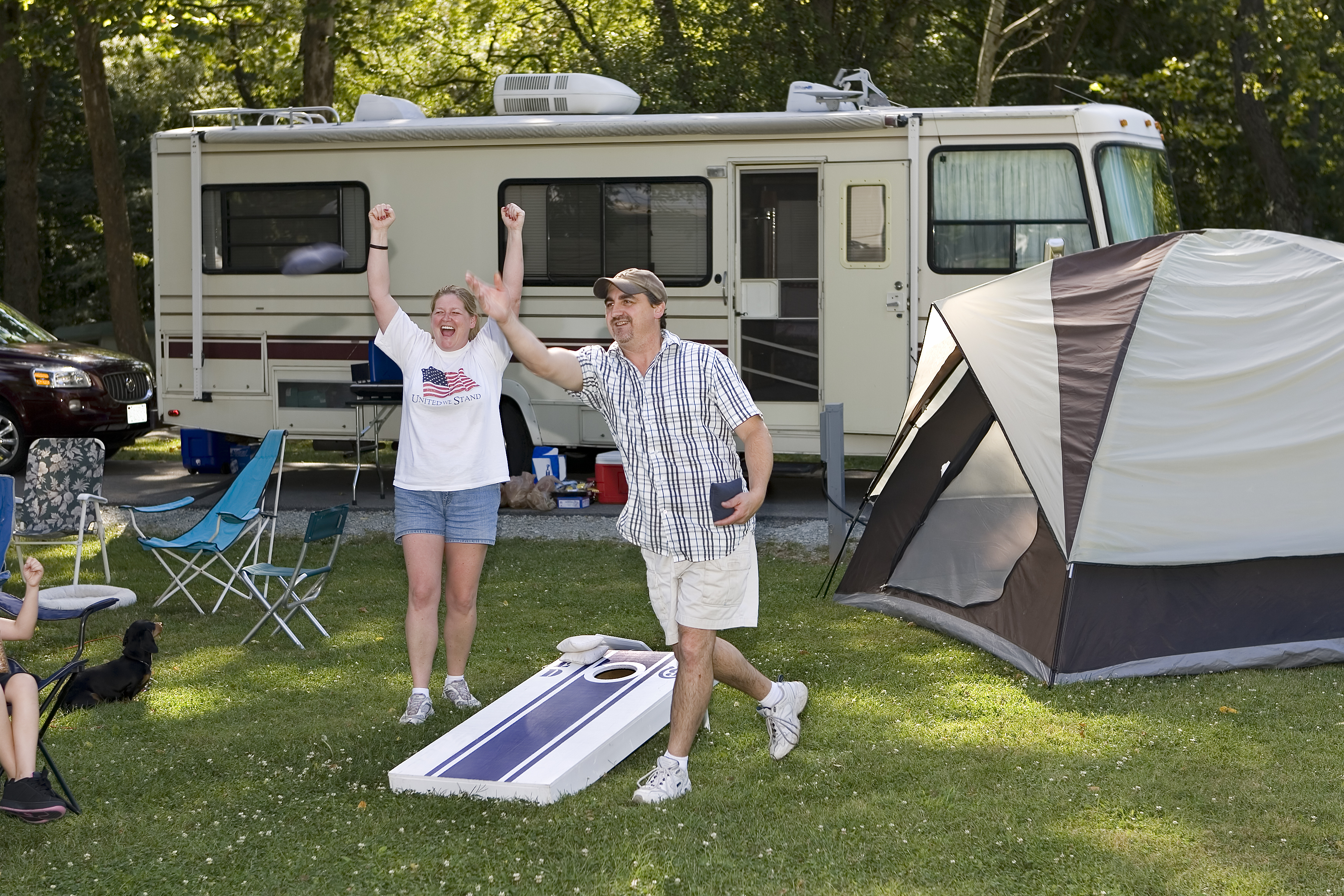
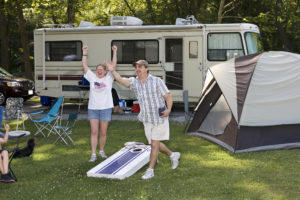
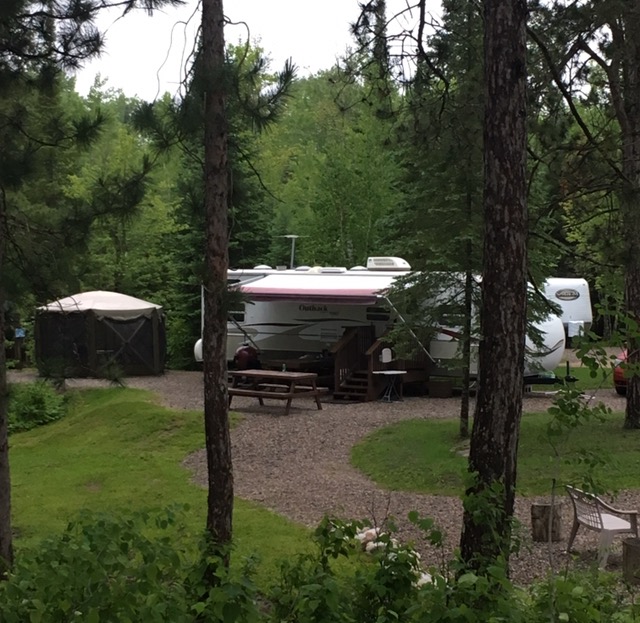
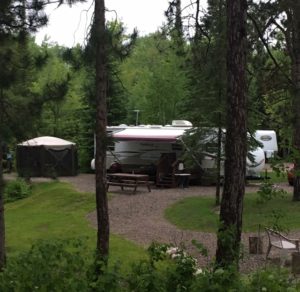

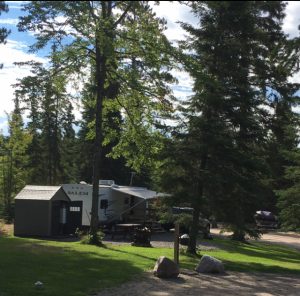
Recent Comments